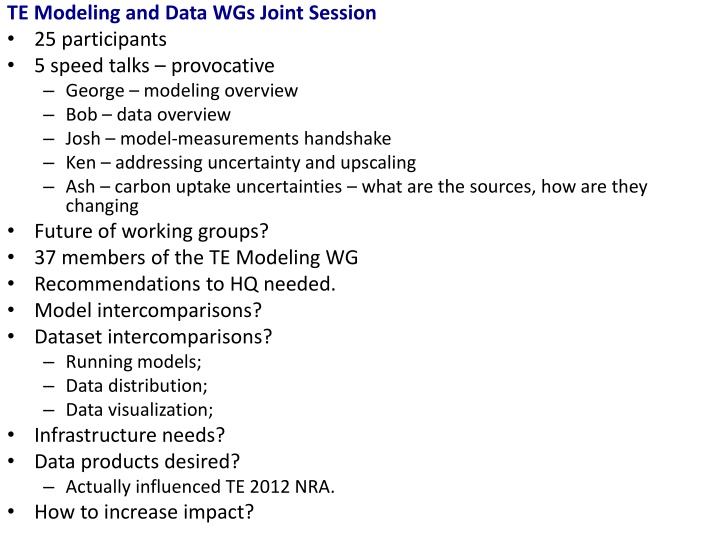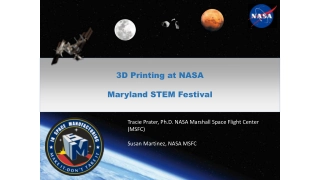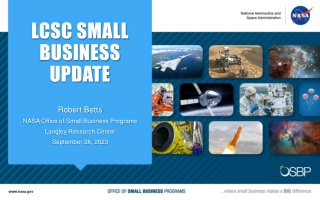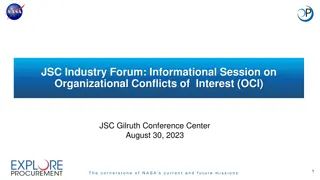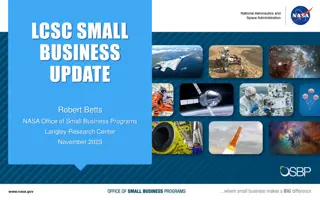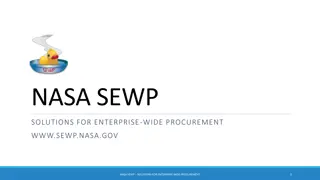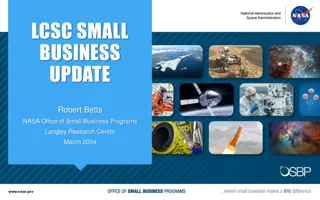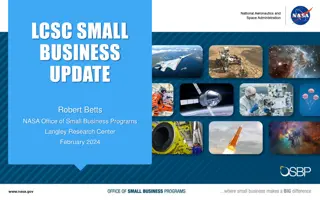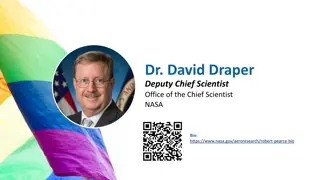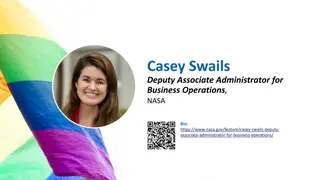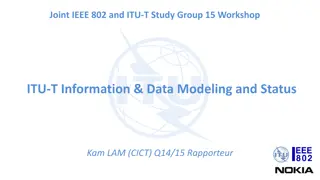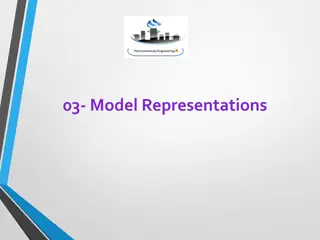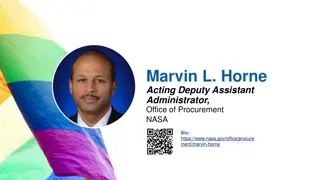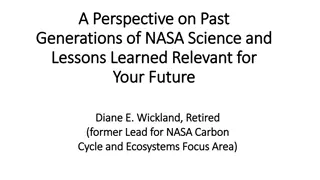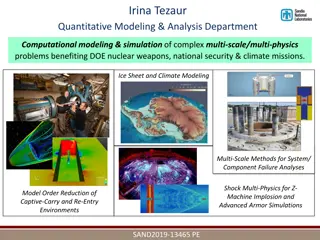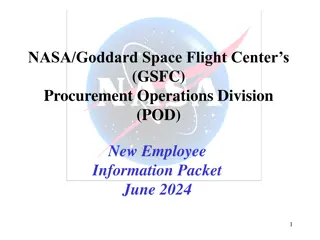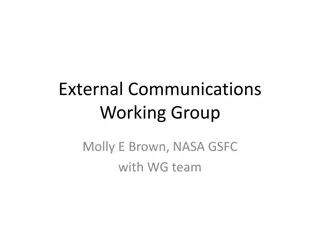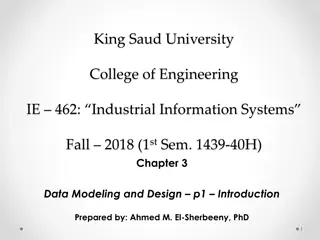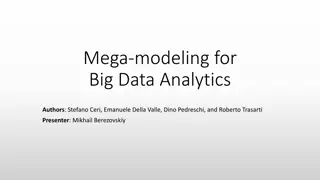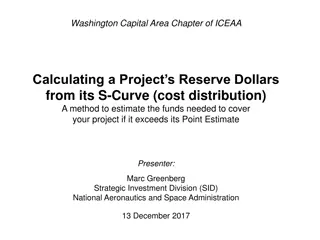TE Modeling and Data WG Recommendations for NASA
In a joint session showcasing provocative speed talks, experts discussed uncertainties in carbon uptake, the future of working groups, and the importance of open sourcing modeling efforts funded by NASA. Recommendations included model intercomparisons, data visualization, and promoting integrated modeling work with social systems.
Download Presentation

Please find below an Image/Link to download the presentation.
The content on the website is provided AS IS for your information and personal use only. It may not be sold, licensed, or shared on other websites without obtaining consent from the author.If you encounter any issues during the download, it is possible that the publisher has removed the file from their server.
You are allowed to download the files provided on this website for personal or commercial use, subject to the condition that they are used lawfully. All files are the property of their respective owners.
The content on the website is provided AS IS for your information and personal use only. It may not be sold, licensed, or shared on other websites without obtaining consent from the author.
E N D
Presentation Transcript
TE Modeling and Data WGs Joint Session 25 participants 5 speed talks provocative George modeling overview Bob data overview Josh model-measurements handshake Ken addressing uncertainty and upscaling Ash carbon uptake uncertainties what are the sources, how are they changing Future of working groups? 37 members of the TE Modeling WG Recommendations to HQ needed. Model intercomparisons? Dataset intercomparisons? Running models; Data distribution; Data visualization; Infrastructure needs? Data products desired? Actually influenced TE 2012 NRA. How to increase impact?
DISCUSSION Community model? How to make mature group of modeling efforts? Makes more sense to team up with CLM than to invest huge resources in new community land model. Re-thinking Earth model with boxes of individual contributions. virtual rather than physical model. NASA models: diagnostic. state of system, another type of observation; upscaling Community synthesis. Not predicting the future, but understanding the present 4 main questions from NASA. How are global ecosystems changing? How do ecosystems, land cover and biogeochemical cycles respond to and affect global environmental change? What are the consequences of land cover and land use change for human societies and the sustainability of ecosystems? How will carbon cycle dynamics and terrestrial and marine ecosystems change in the future? Any modeling effort funded by NASA requires open sourcing the code. Resolution NASA is better than many models. Report needed on progress of models (are they getting better ?) Make models more flexible to be modular for components. Not always possible given interconnectivity. Make Earth System Modeling Framework (ESMF) more real. More model-data intercomparisons and MIPs. Support more integrated modeling work with social systems. Caution calibration against the data.
DISCUSSION A report needed for guidelines on how to construct uncertainty. Need guidelines on open source. Identify useful tools and service to assist.
DISCUSSION Direction of working group? Improvement to existing products provide uncertainty maps. Language points to TBD report on uncertainty calculation instructions. Revisit desired datasets list. Create list of desired modeling activities that can be informed by NASA data. Probably linked to desired datasets list.
